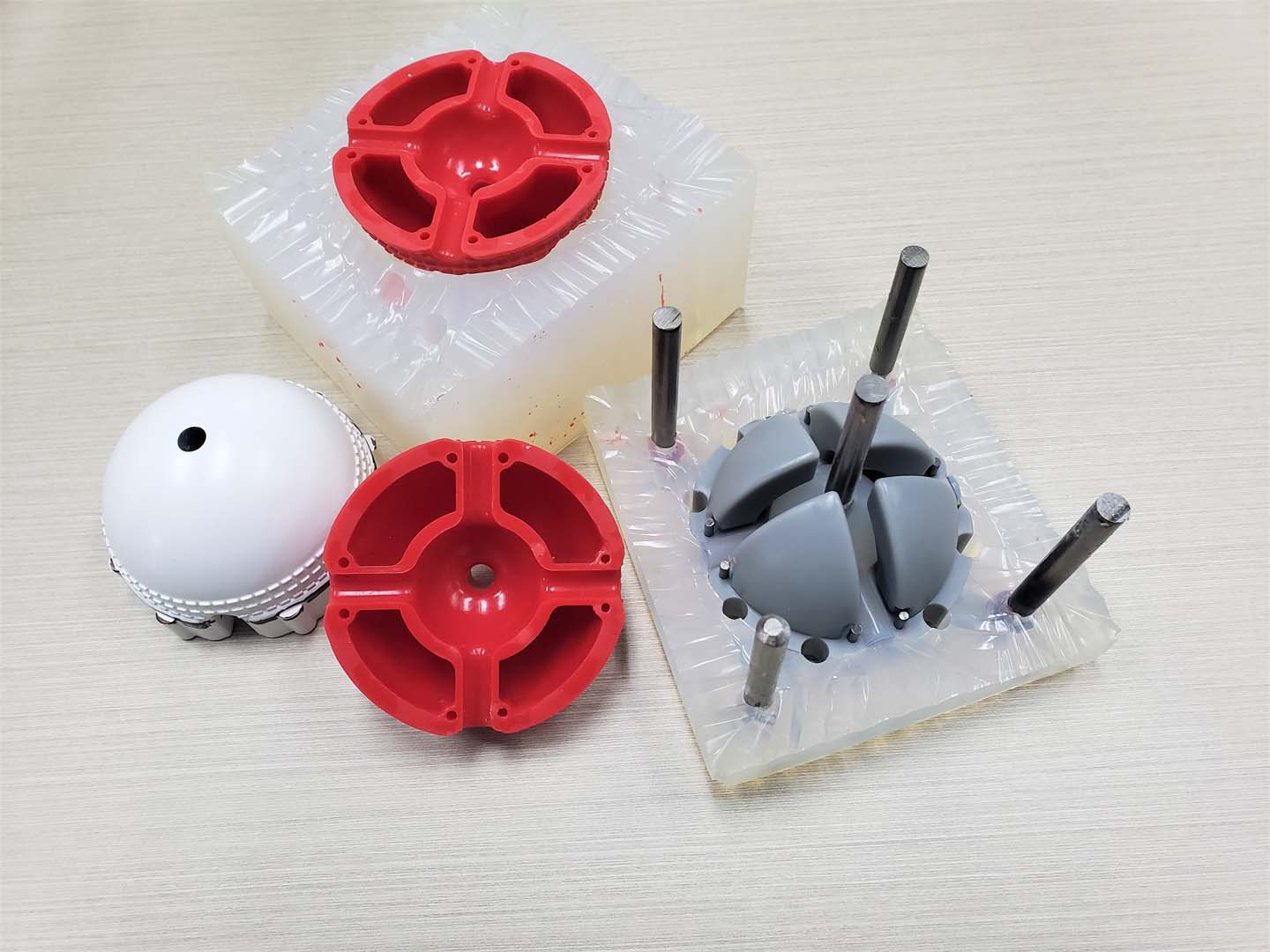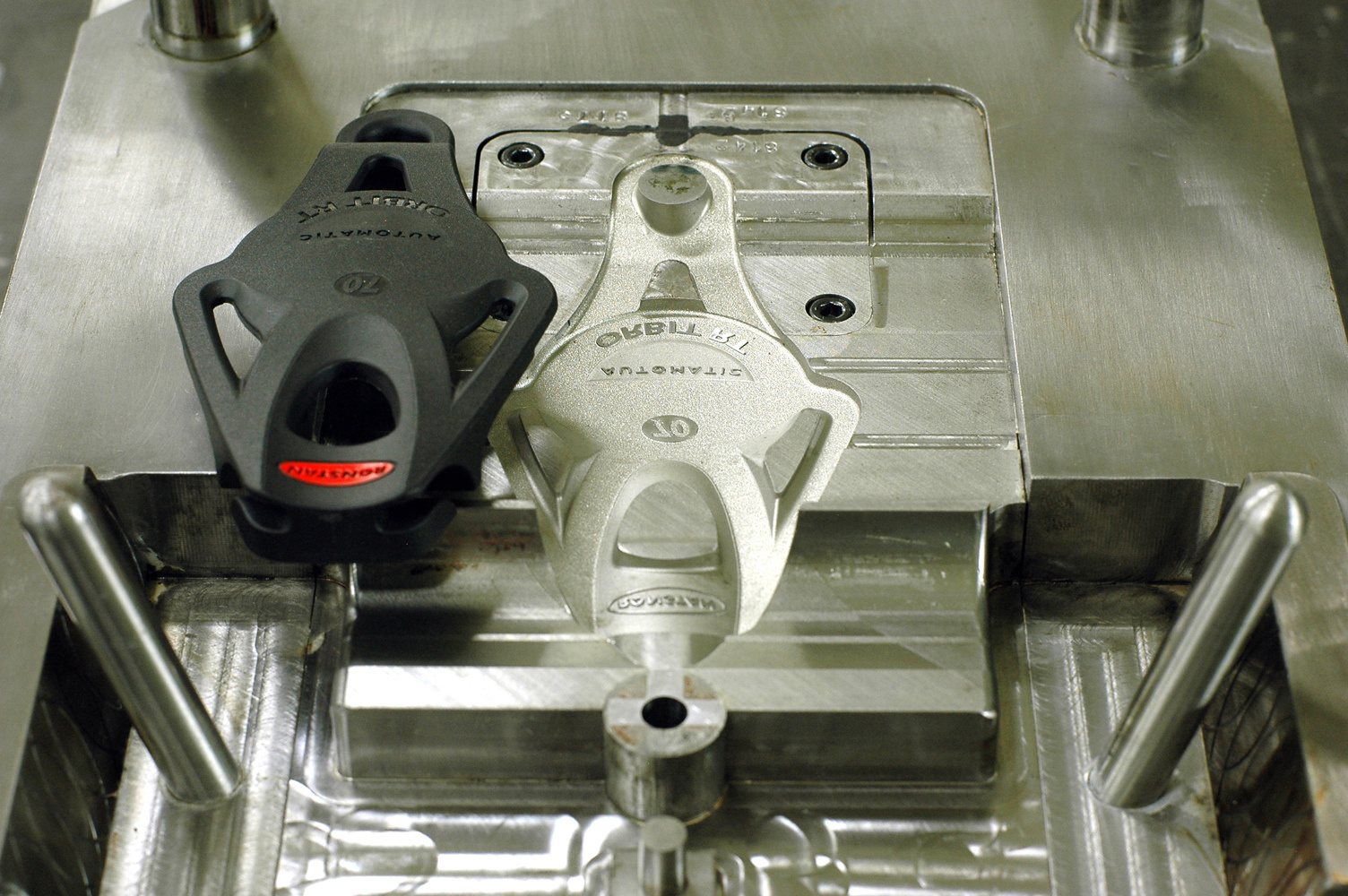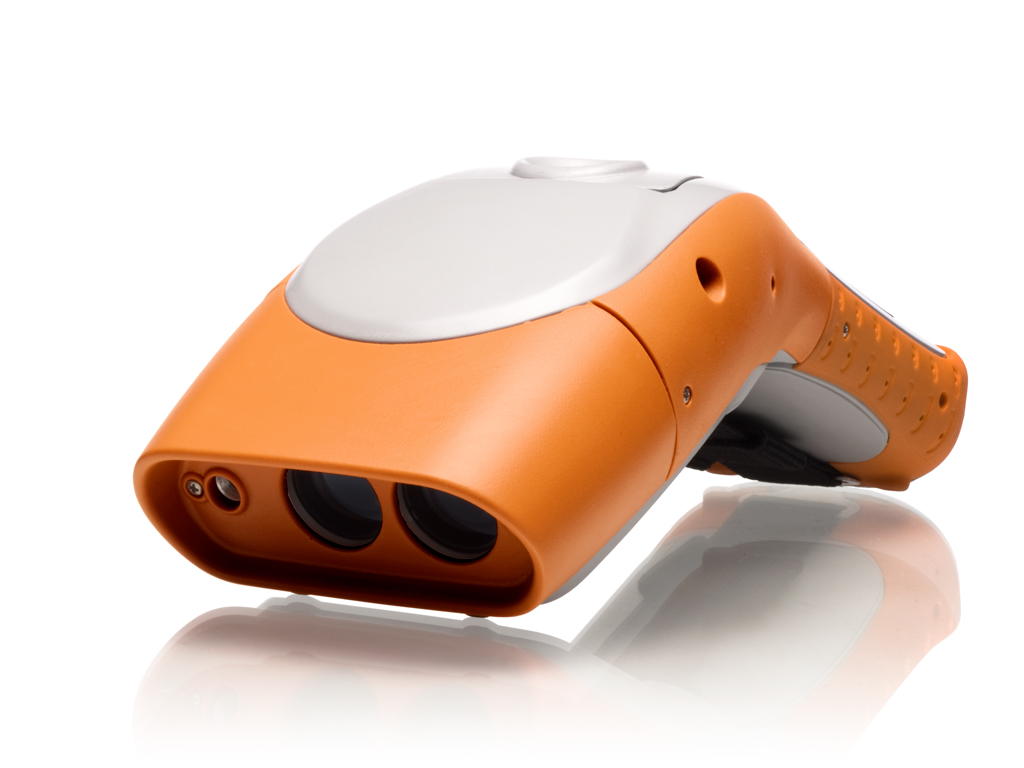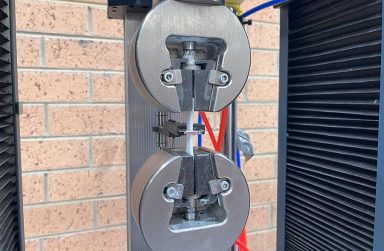Vacuum Casting vs Injection Moulding: What Service Best Suits Your Project
March 19, 2024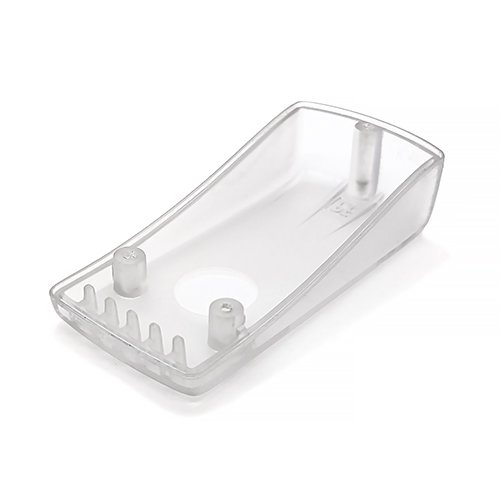
When it comes to manufacturing parts or prototypes, choosing between vacuum casting and injection moulding can significantly impact the outcome of your project. Each service offers distinct advantages and disadvantages, making it crucial to understand their differences and suitability for your specific needs.
What is Vacuum Casting?
Vacuum casting, often referred to as Urethane Casting, is a versatile manufacturing process that involves creating silicone moulds from a master pattern, which are typically printed using Formero’s SLA 3D Printing service, and then using these moulds to replicate parts with a variety of polyurethane resins. This method is ideal for producing small to medium-sized batches of high-quality prototypes or end-use parts.
What is Injection Moulding?
Injection moulding is a widely used manufacturing process that involves injecting molten material, typically plastic, into a mould cavity under high pressure. Once the material cools and solidifies, the mould opens, and the finished part is ejected. Injection moulding is known for its efficiency and precision, making it suitable for high-volume production runs.
Advantages of Vacuum Casting:
- Cost-effective for Prototyping: Vacuum casting offers a cost-effective solution for prototyping small to medium-sized batches. This affordability allows for iterative testing and refinement without going over budget, making it an ideal choice for product development.
- Quick Turnaround Times: This method provides relatively quick turnaround times compared to other manufacturing processes. With reduced lead times, businesses can accelerate their product development cycles, respond promptly to market demands, and stay ahead of the competition.
- Wide Material and Finish Options: Vacuum casting offers a wide range of polyurethane materials and finishes to meet diverse project requirements. From rigid to flexible materials, and glossy to matte finishes, the versatility allows for the creation of prototypes and end-use parts with various properties and aesthetics.
- Detailed Replication: It can replicate intricate details and textures accurately, making it suitable for highly detailed parts. Whether it’s intricate surface textures or fine details, vacuum casting can faithfully reproduce the nuances of the original master pattern, ensuring the final parts meet the desired specifications.
- Ideal for Prototyping: Vacuum casting is particularly well-suited for prototyping and low-volume manufacturing applications. Its ability to produce high-quality prototypes quickly and cost-effectively enables businesses to validate designs, test functionality, and gather feedback from stakeholders before committing to full-scale production.
Limitation of Vacuum Casting:
- Limited Part Sizes: Vacuum casting is limited to certain part sizes, restricting its applicability for projects that require larger parts.
- Not Suitable for Large-Scale Production: Due to its production speed, vacuum casting is not suitable for large-scale production where efficiency and cost-effectiveness are paramount.
- Higher Tooling Costs for Complex Moulds: The tooling costs for complex moulds in vacuum casting can be higher compared to simpler moulds, impacting the overall cost-effectiveness of the process.
- Less Precise Tolerances Compared to Injection Moulding: While vacuum casting offers good dimensional accuracy, it generally has less precise tolerances compared to injection moulding.
Advantages of Injection Moulding:
- Efficient High-Volume Production: Injection moulding is highly efficient for producing large quantities of parts. Its high-speed production capabilities enable businesses to meet the demands for mass-produced goods efficiently and cost-effectively.
- Precise Tolerances: It offers precise tolerances and consistent quality for complex geometries. The ability to achieve tight tolerances ensures that parts meet design specifications reliably, making injection moulding suitable for projects with stringent requirements.
- Wide Material Selection: Injection moulding provides a wide range of materials, including engineering-grade plastics, allowing businesses to choose materials that best suit their project requirements in terms of strength, durability, and performance.
- Cost-effective for Large Volumes: This method is an ideal solution when manufacturers are looking for high-volume production runs.
- Suitable for Complex Geometries: Injection moulding is capable of producing parts with complex geometries and intricate features. Whether it’s intricate shapes, thin walls, or undercuts, injection moulding can accommodate a wide range of design complexities.
Limitation of Injection Moulding
- Higher Initial Tooling Costs: Injection moulding typically involves higher initial tooling costs compared to other manufacturing processes, which can be a barrier to entry for small businesses or projects with limited budgets.
- Longer Lead Times for Tooling and Setup: The initial setup and tooling process for injection moulding can result in longer lead times compared to other manufacturing methods, delaying time-to-market for new products.
- Limited Flexibility for Design Changes: Injection moulding may have limitations in design changes once tooling is made. Modifications to the design or tooling can incur additional costs and lead times, making it less suitable for projects that require frequent design iterations.
- Not Cost-effective for Small Production Runs: The high initial tooling costs and setup expenses associated with injection moulding make it less cost-effective for small production runs, where the per-unit cost may be prohibitive.
- Limited Choice of Surface Finishes: Injection moulding may offer limited choice of surface finishes compared to other manufacturing processes, which may be a consideration for projects requiring specific aesthetic qualities.
Ideal Applications for Vacuum Casting
- Aerospace Industry: Vacuum casting is ideal for prototyping in aerospace industries. Formero has experience in manufacturing cabin parts, internal system components and electronic system components.
- Medical Device Development: Formero has been working with Medtech developers for many years helping them develop Presentation Models, device housings and and specimen containers.
- Consumer Product Design: Vacuum casting serves well for consumer product design and testing, such as electronics casings, and food & drink packaging.
- Architectural Models: It’s used for architectural models and visual aids for presentations and trade show events.
- Automotive Industry: Vacuum casting can be used to create vehicle components such as dashboards, handles, and tail lights. It can be an ideal solution when manufacturing small quantities of vintage car replacement parts.
Ideal Applications for Injection Moulding
- Mass Production of Consumer Goods: Injection moulding is perfect for mass production of consumer goods like toys and packaging.
- Automotive Manufacturing: It’s extensively used in automotive manufacturing for interior and exterior components.
- Electronics Manufacturing: Injection moulding is crucial in electronics manufacturing for casings and connectors.
- Medical Device Production: It’s common in medical device production for disposable instruments and equipment.
- Industrial Applications: Injection moulding is applied in industrial sectors for machinery components and enclosures.
Conclusion
Choosing between vacuum casting and injection moulding depends on various factors, including production volume, lead times, material selection, and budget constraints. While vacuum casting excels in prototyping and low-volume production, injection moulding offers efficiency and cost-effectiveness for high-volume manufacturing. By understanding the strengths and limitations of each process, you can make an informed decision that best suits your project requirements and objectives.
If you’re unsure which service is right for your next project, you can get in touch with us and our team can guide you through the different options available and help bring your designs to life efficiently and effectively. Contact us today to learn more about how we can help you with your prototyping and production needs!
Bonus: White Paper
Download: White Paper | Design for Manufacture Guidelines
Author
Craig Alexander
Craig is a seasoned marketing professional with over 13 years of diverse experience in industries ranging from Asphalt Testing Technology to Environmental Sciences. His extensive background in B2B marketing, coupled with a deep understanding of complex technical fields like Power Tools, Solar & Battery Systems, and Emergency Lighting, uniquely positions him to bridge the gap between advanced manufacturing technologies and market needs. Craig leverages his comprehensive marketing skills to translate intricate manufacturing processes and innovations into clear, compelling narratives, helping businesses of all sizes succeed in both local and international markets.
